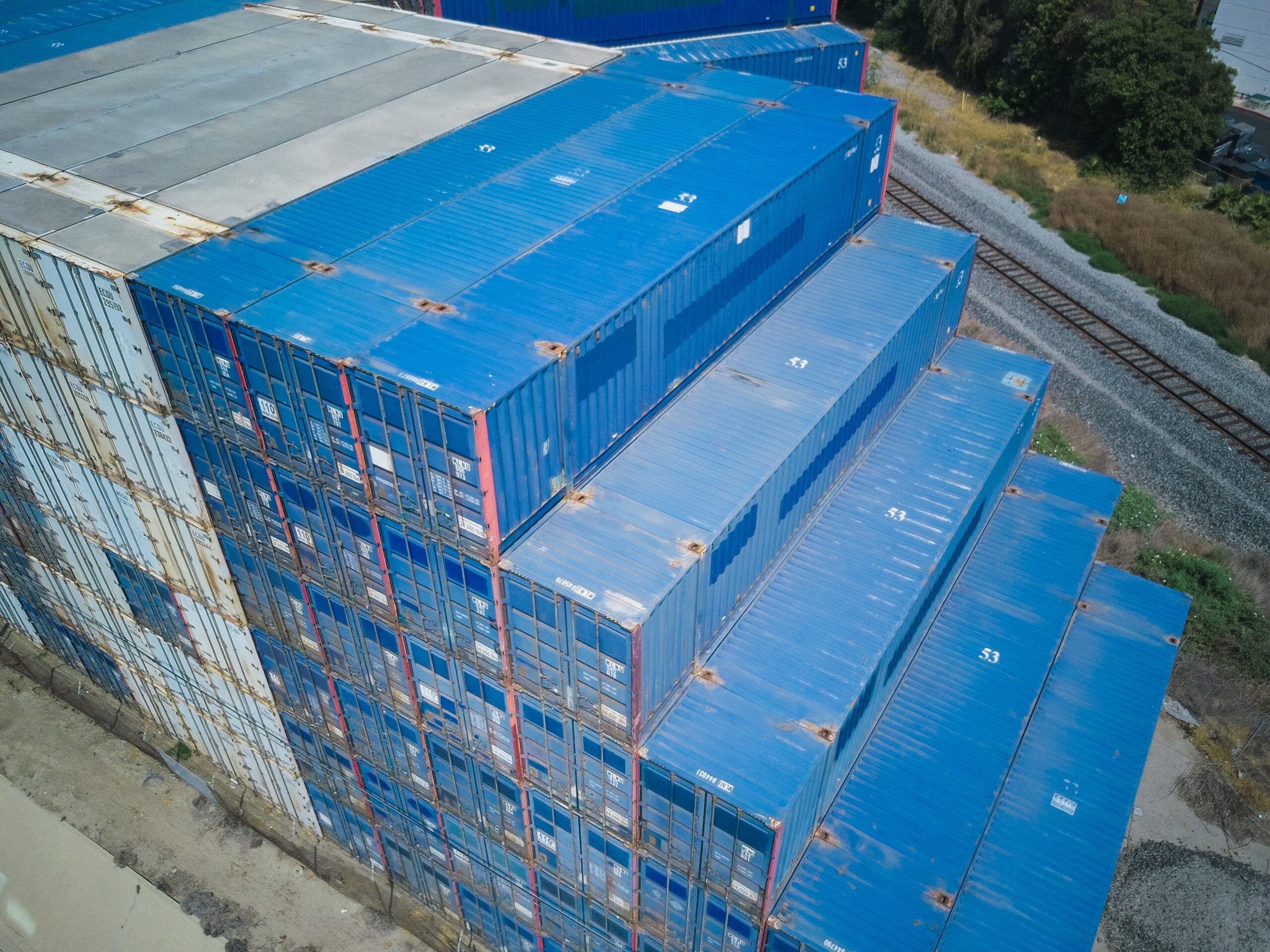In the world of transportation and logistics, there are different modes of shipping depending on the size and weight of the cargo being transported. One of these modes of shipping is LTL or Less Than Truckload. In this blog post, we’ll discuss what LTL shipping is, how it works, and its advantages and disadvantages.
What is LTL Shipping? Less Than Truckload shipping is a mode of shipping that is used for cargo that is too large to be transported through parcel carriers like UPS or FedEx, but too small to fill an entire truckload. This means that the cargo is shipped on a truck that is carrying other shipments from different shippers. Less Than Truckload carriers consolidate shipments from multiple customers and transport them in a single truck, thereby optimizing the use of space and reducing transportation costs.
How does LTL Shipping work? Less Than Truckload shipping works by combining smaller shipments from multiple shippers into a single truckload. The LTL carrier then sorts the shipments at their hub, and delivers them to their respective destinations. Typically, LTL carriers charge based on the weight and dimensions of the shipment, as well as the distance it needs to travel. The final cost of the shipment is calculated using a rate per hundredweight (CWT) or per mile.
Advantages of LTL Shipping:
- Cost-Effective: Since LTL shipping consolidates shipments from multiple shippers, it is often more cost-effective than other modes of shipping.
- Flexibility: Less Than Truckload shipping allows for more flexibility in terms of the size and weight of the cargo being shipped. This means that shippers can ship smaller quantities without having to pay for the entire truckload.
- Reduced Risk: LTL shipping reduces the risk of damage to the cargo since it is transported in a shared space, and the carrier is responsible for handling the cargo at each stage of the shipment.
Disadvantages of LTL Shipping:
- Longer Transit Times: Since LTL shipping involves multiple stops, it may take longer for the cargo to reach its destination compared to other modes of shipping.
- Potential for Damage: Although Less Than Truckload shipping reduces the risk of damage to the cargo, there is still a potential for damage due to the handling of the cargo during transit.
- Limited Capacity: Less Than Truckload shipping has limited capacity, so shippers with large volumes of cargo may have to consider other modes of shipping.
LTL shipping is a popular mode of shipping for shippers with cargo that is too small for a full truckload, but too large for parcel carriers. It offers cost-effective rates, flexibility, and reduced risk of damage. However, it also has its disadvantages, including longer transit times, potential for damage, and limited capacity. Shippers should weigh the pros and cons of Less Than Truckload shipping before choosing this mode of transportation.







